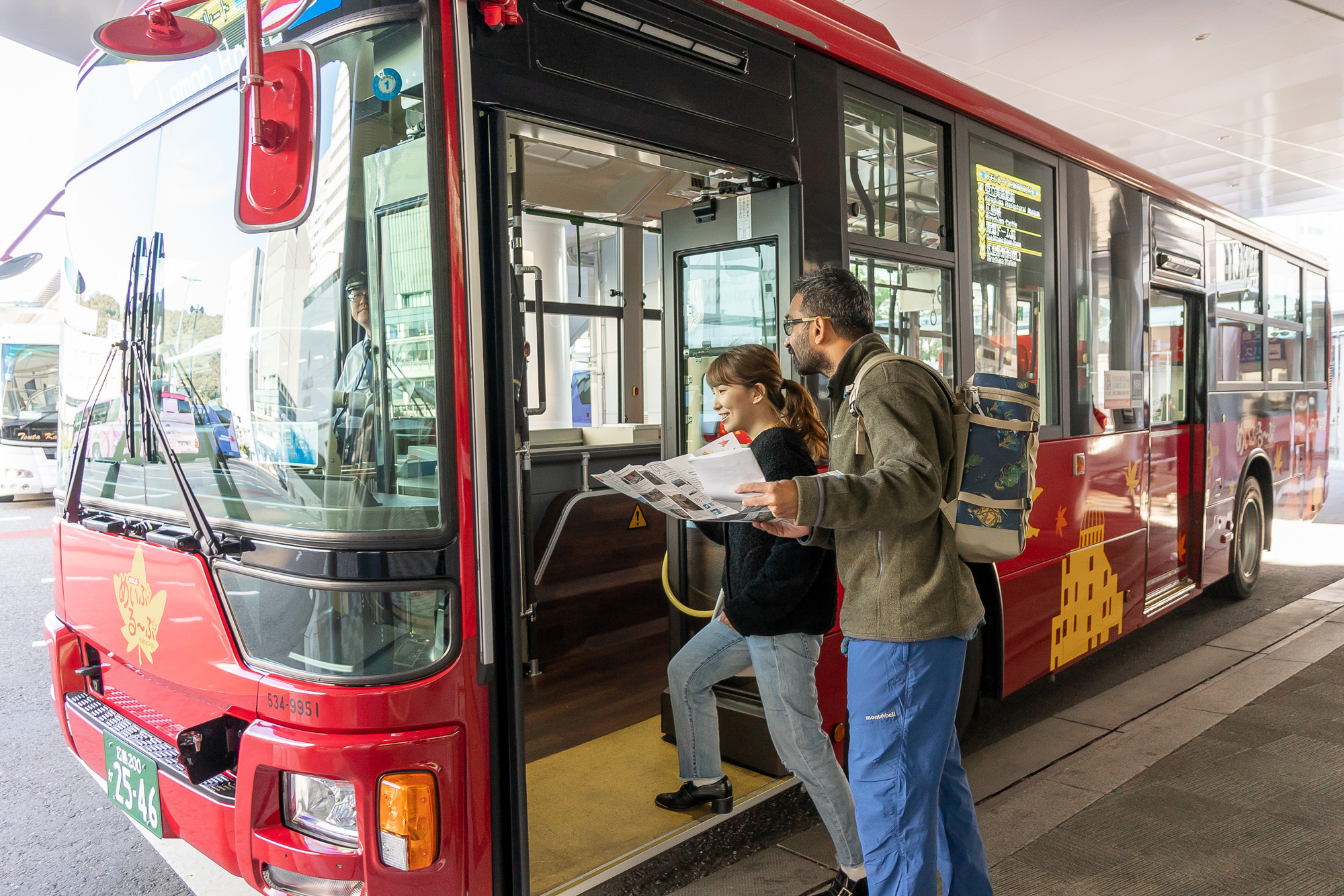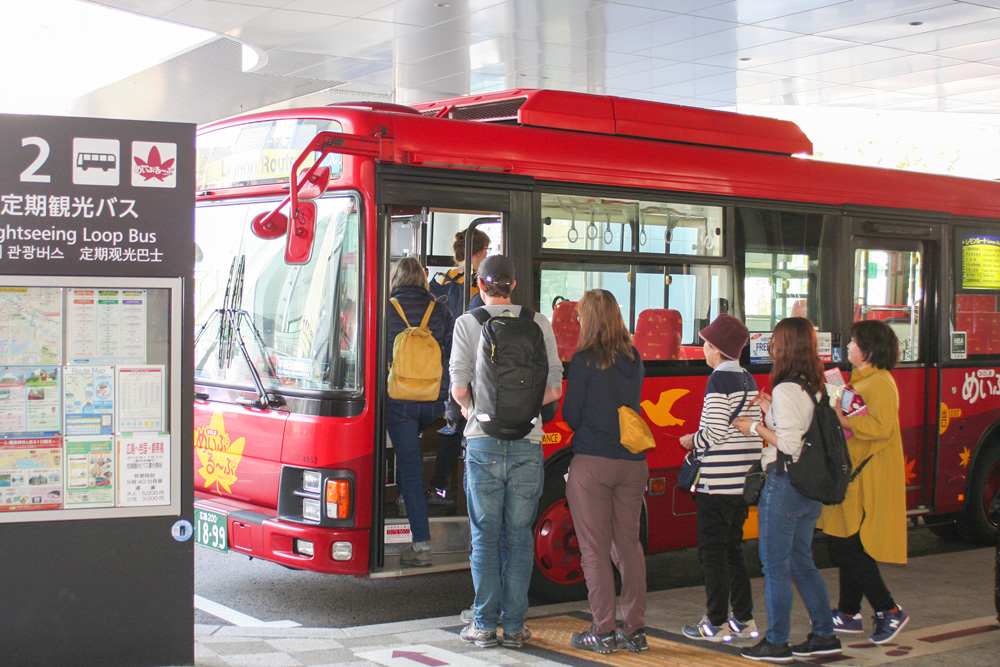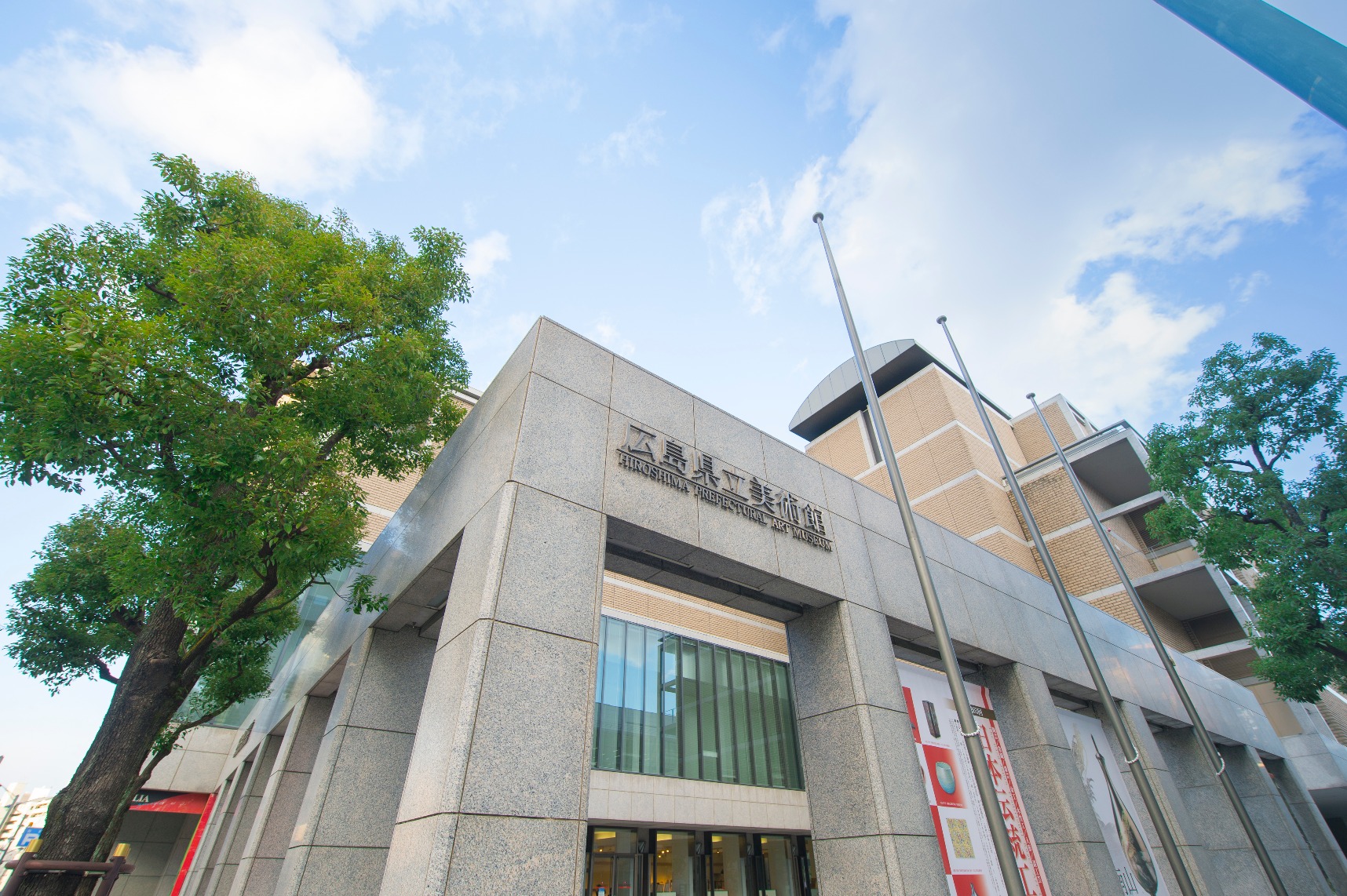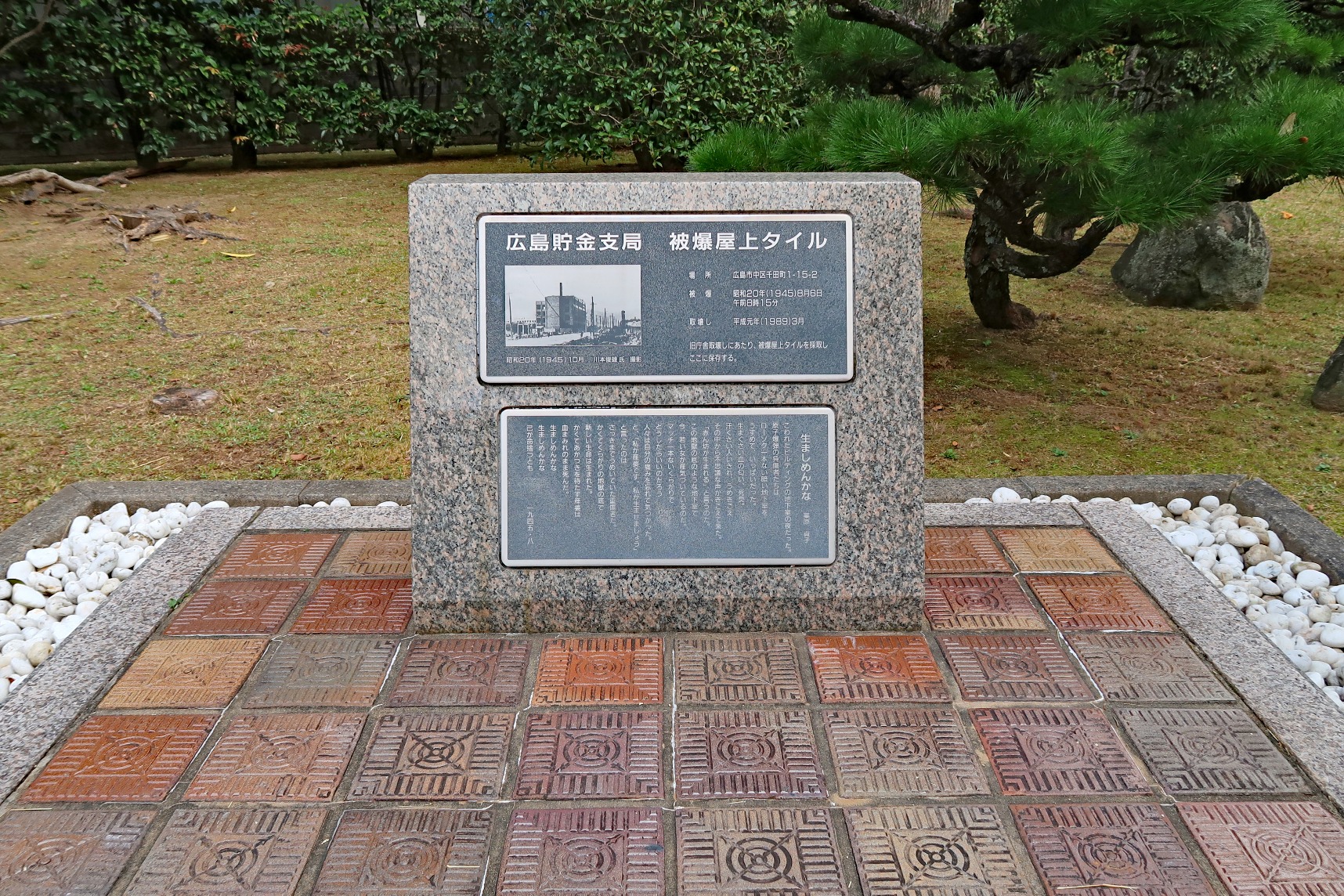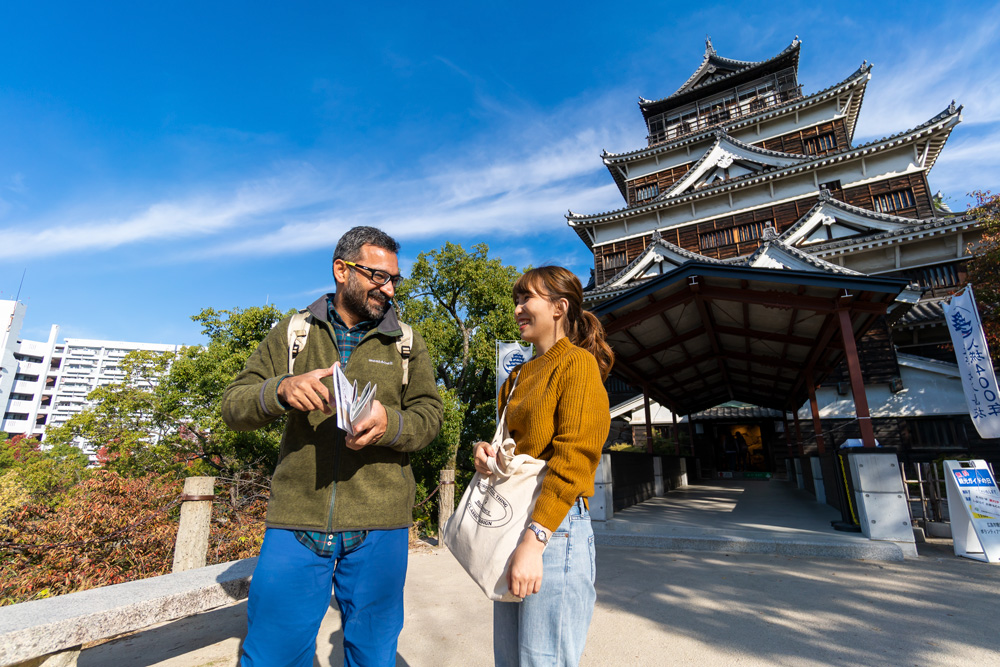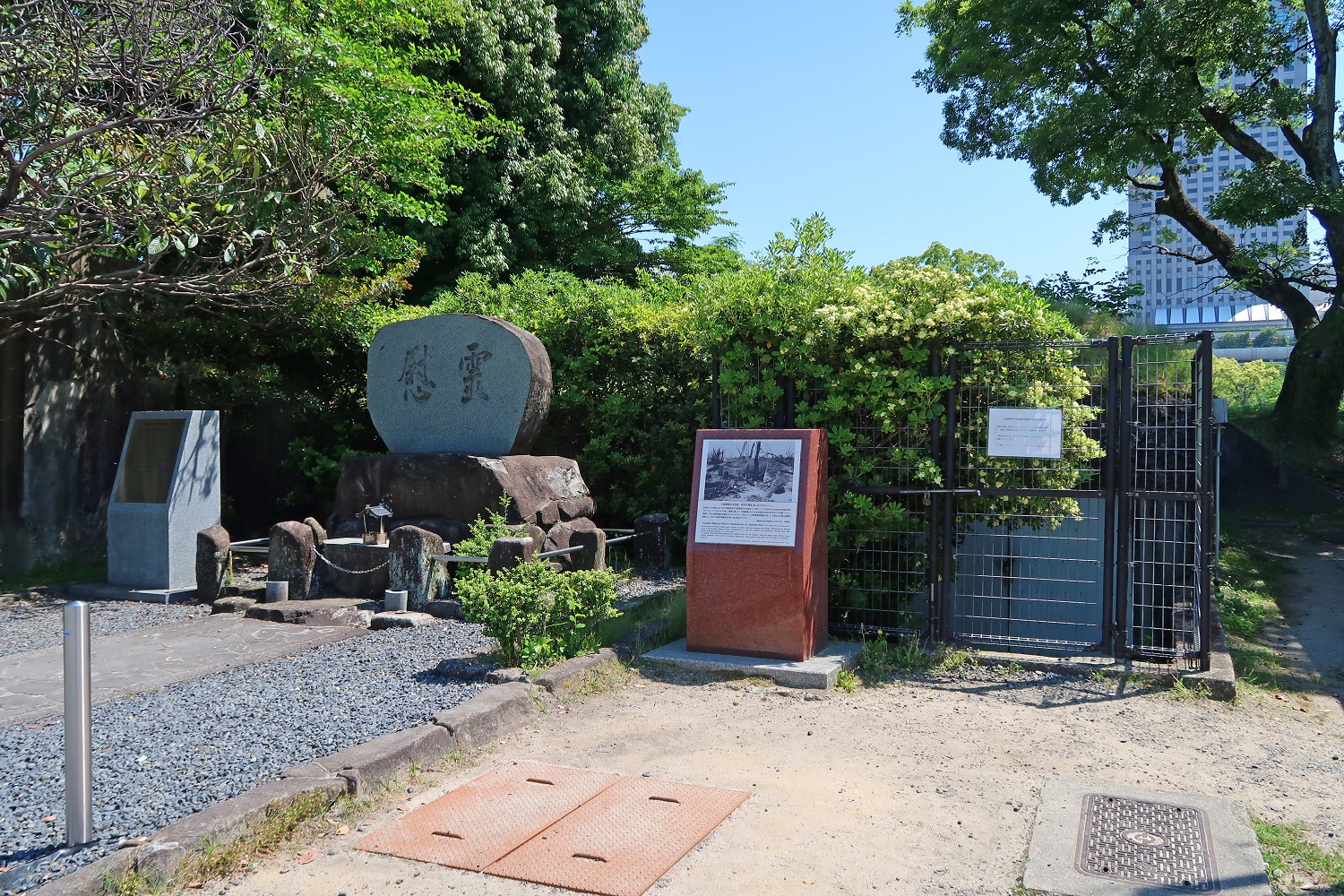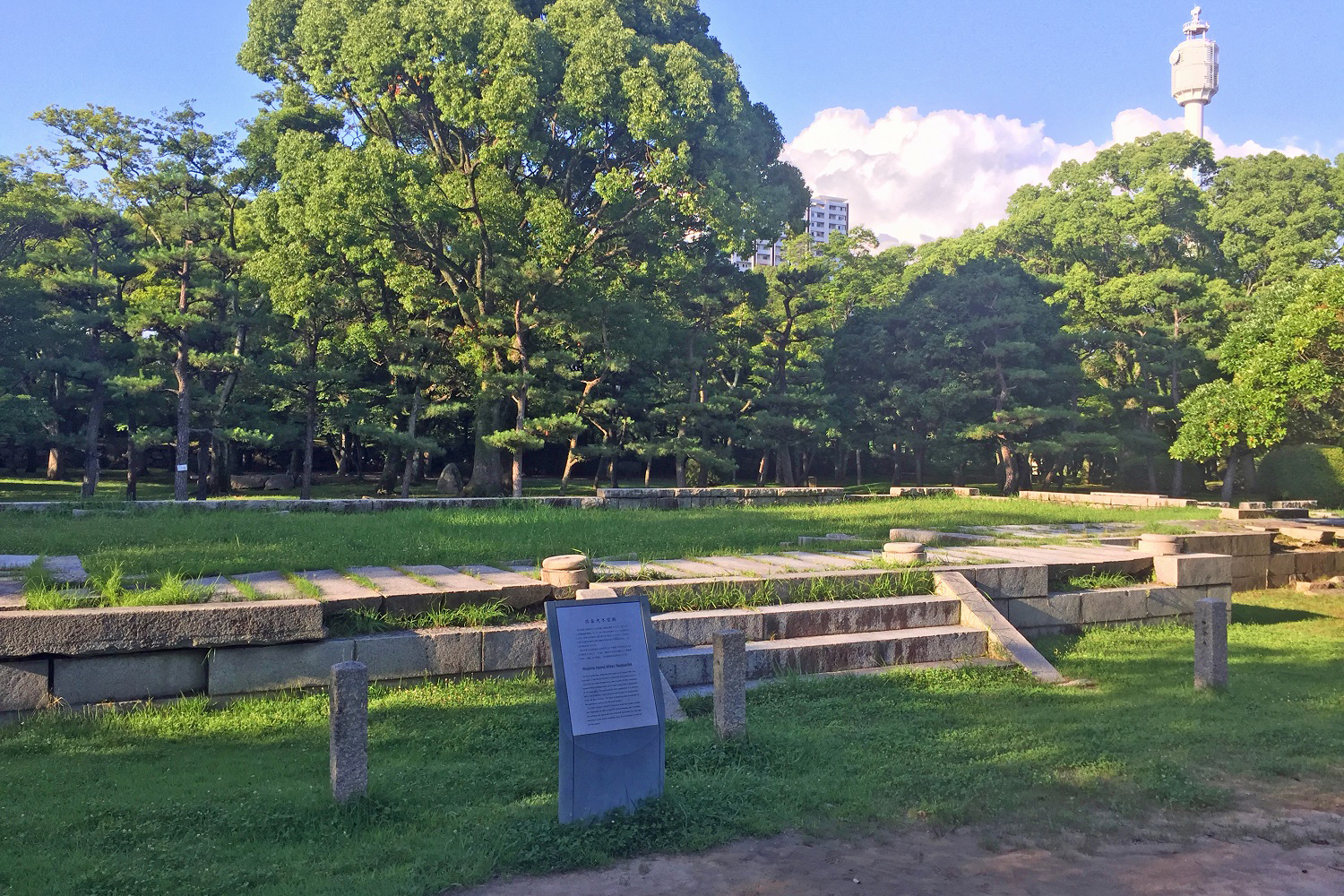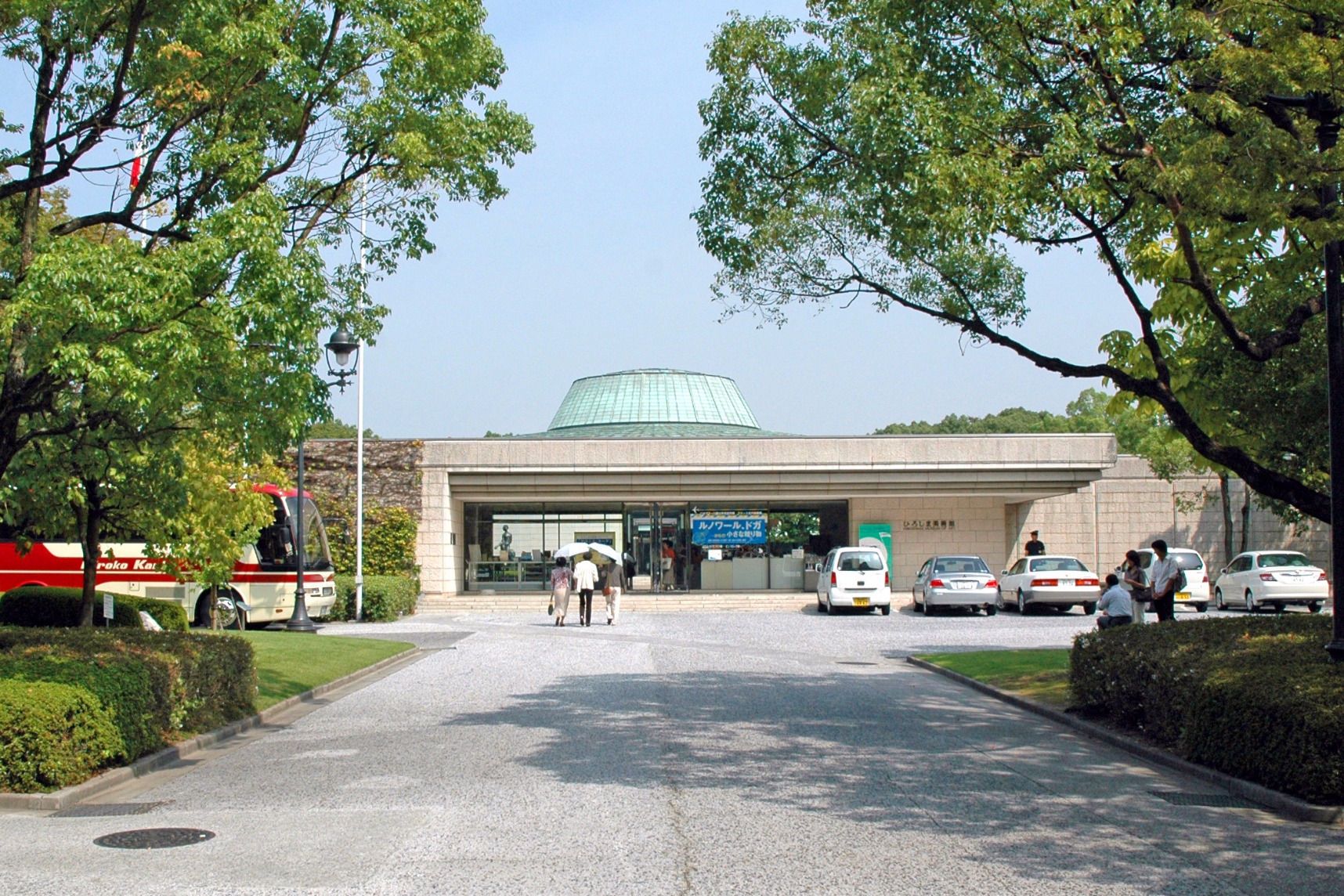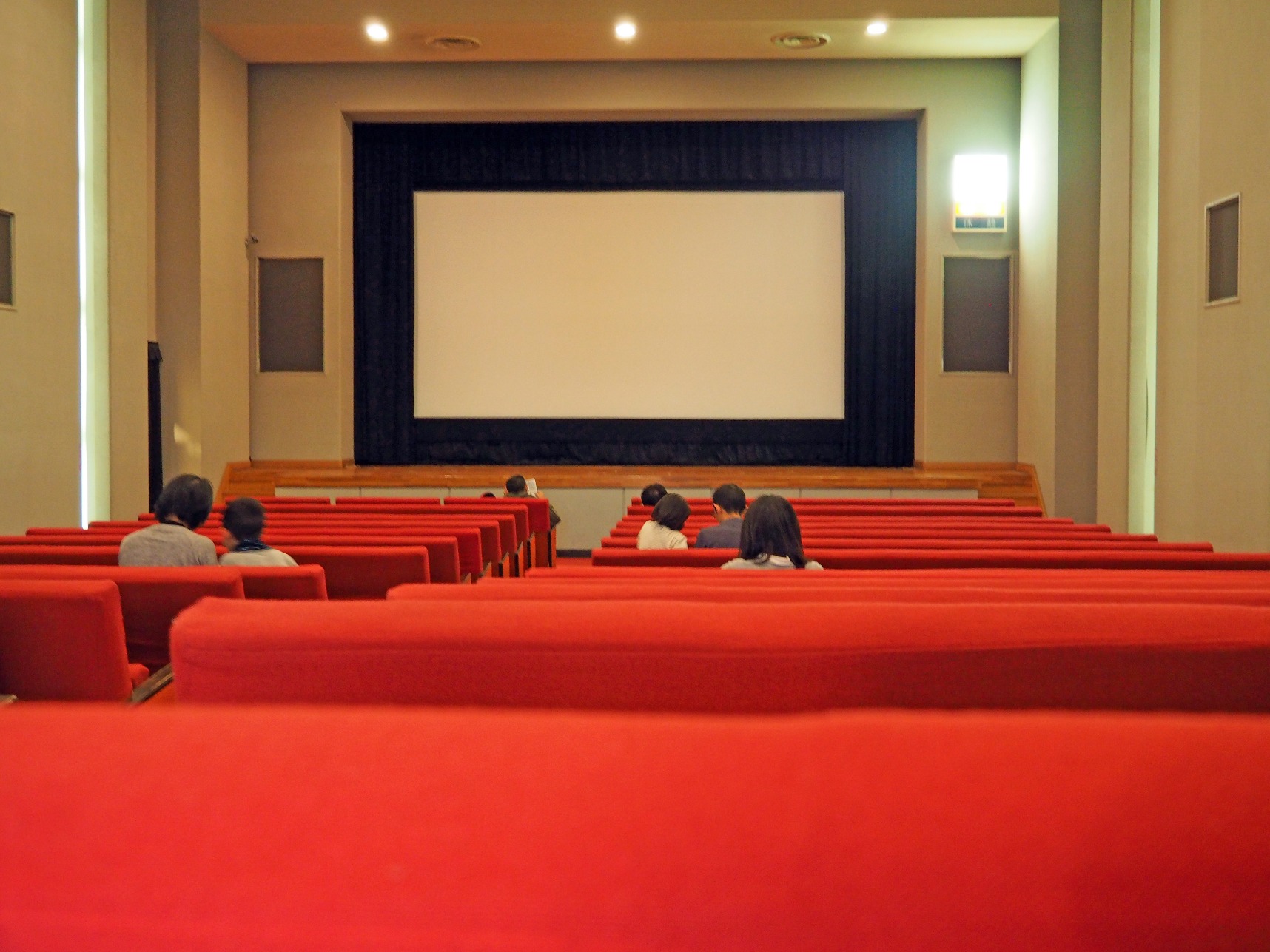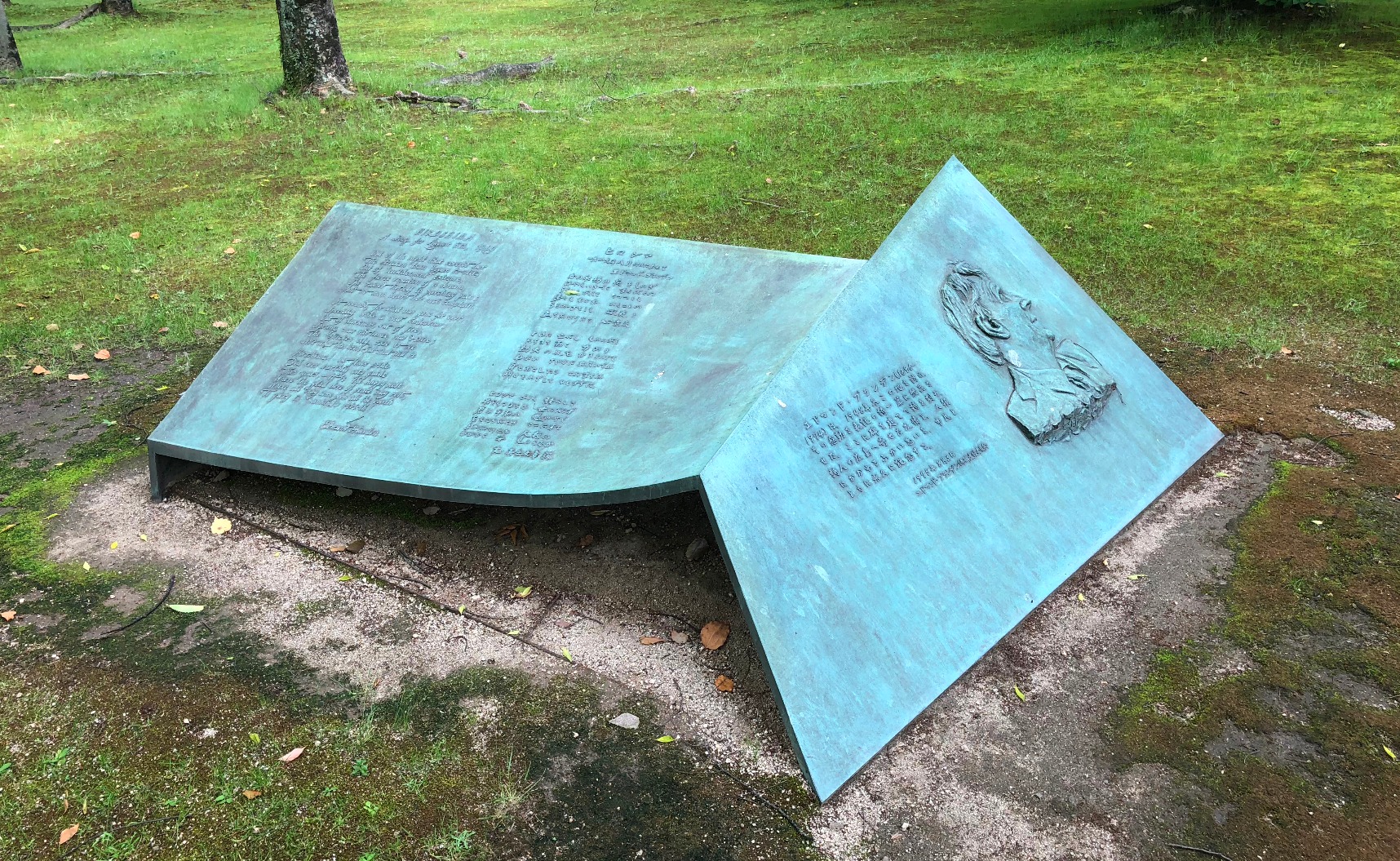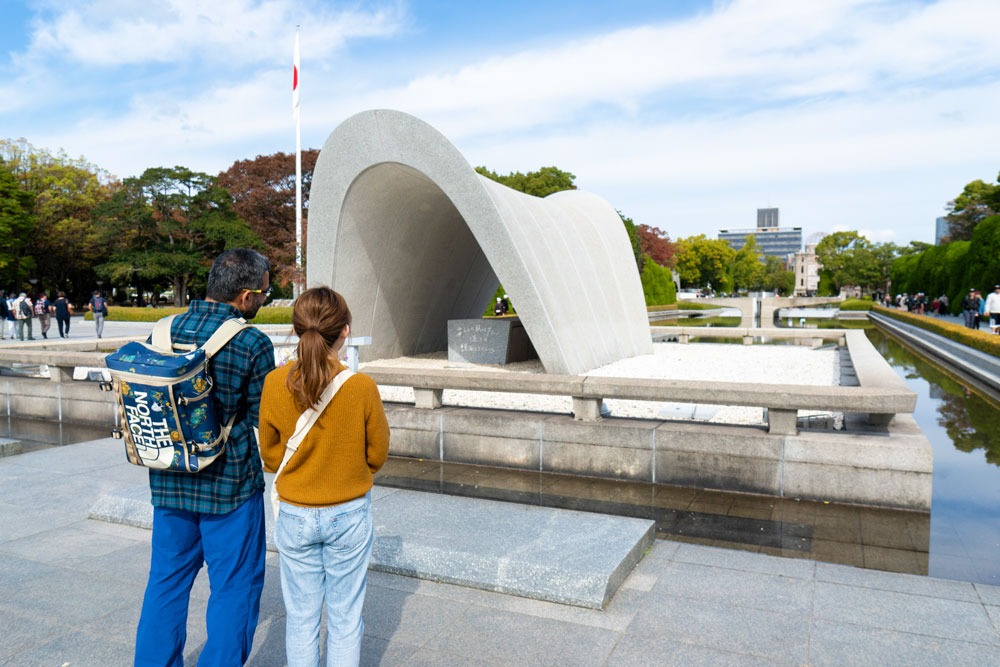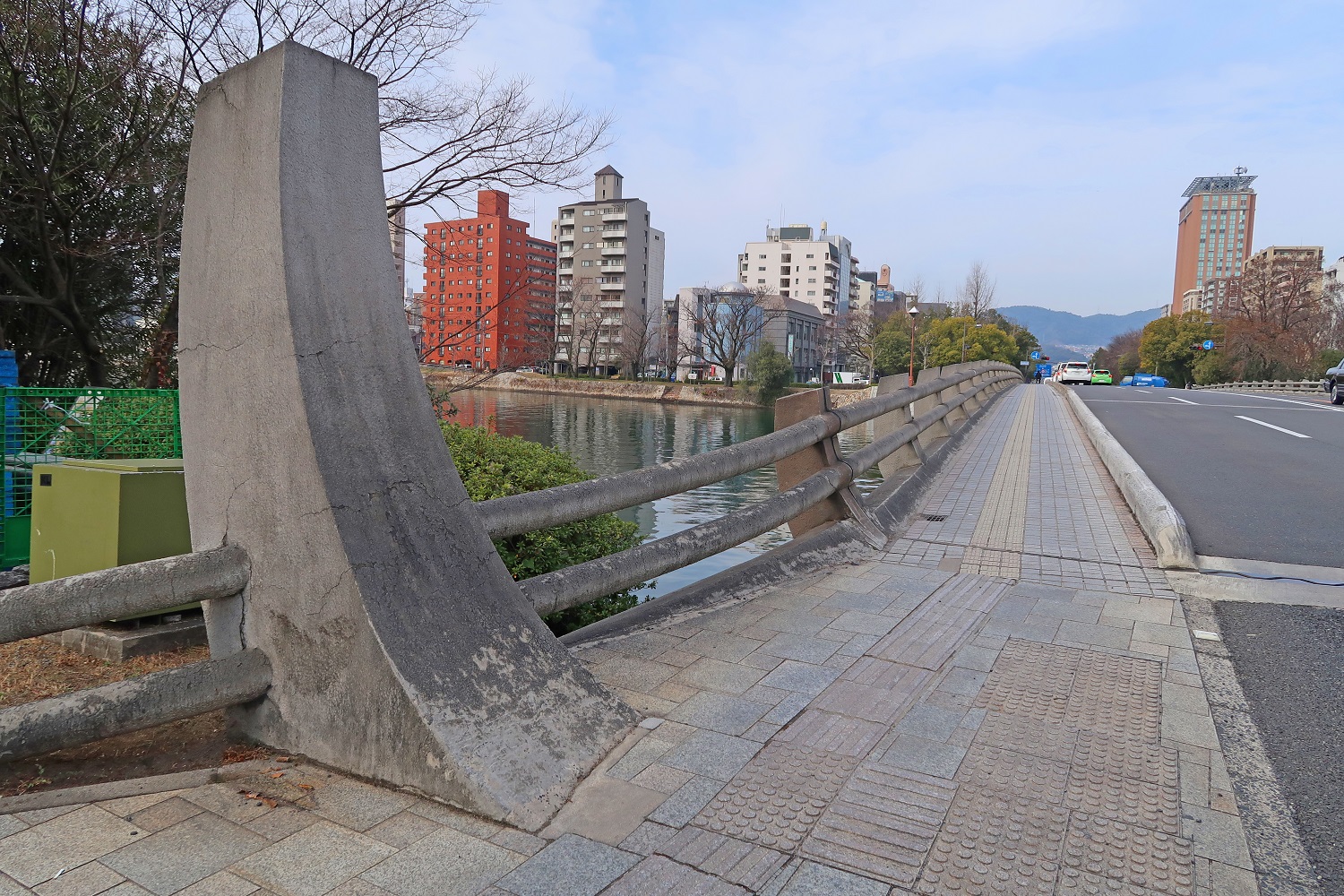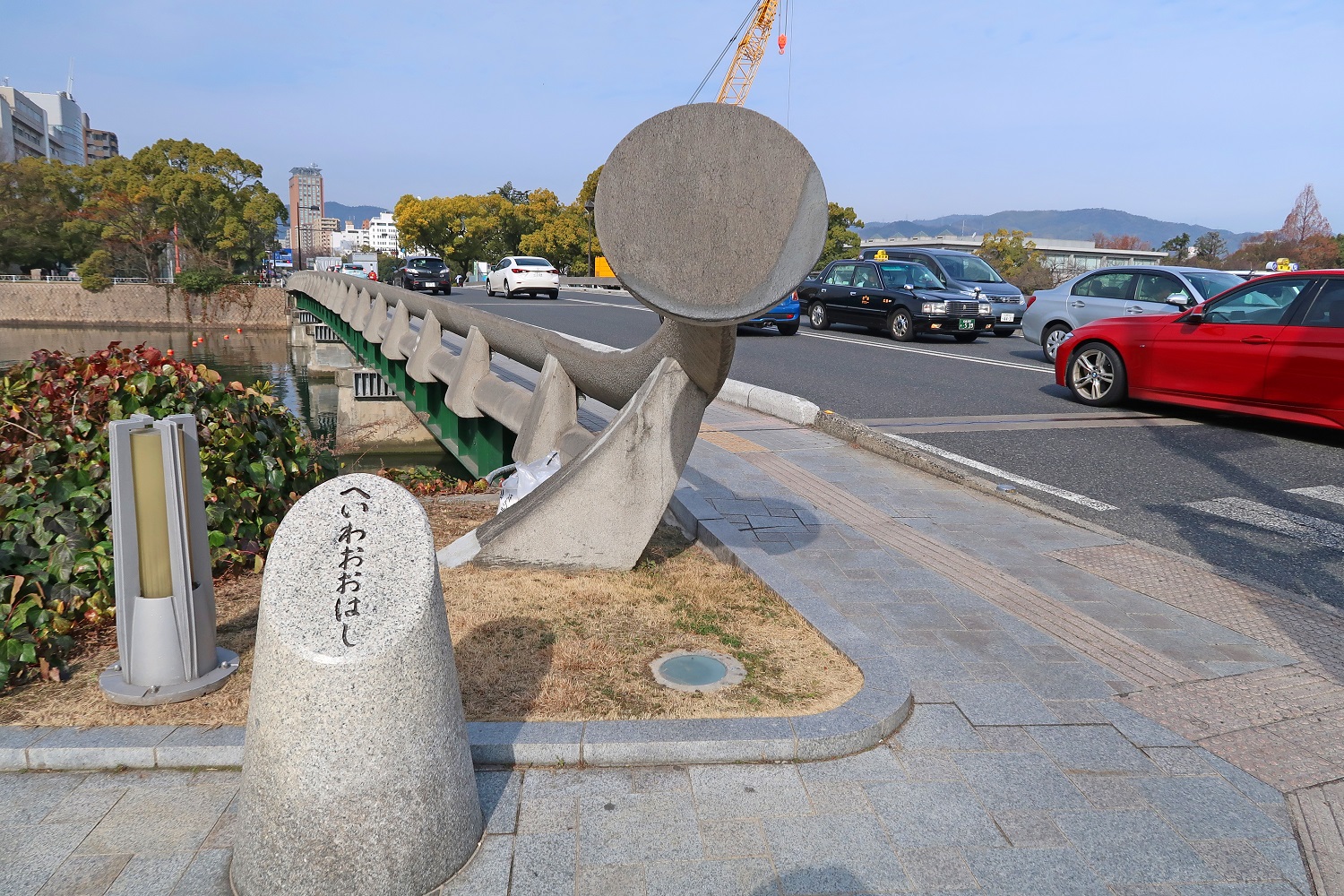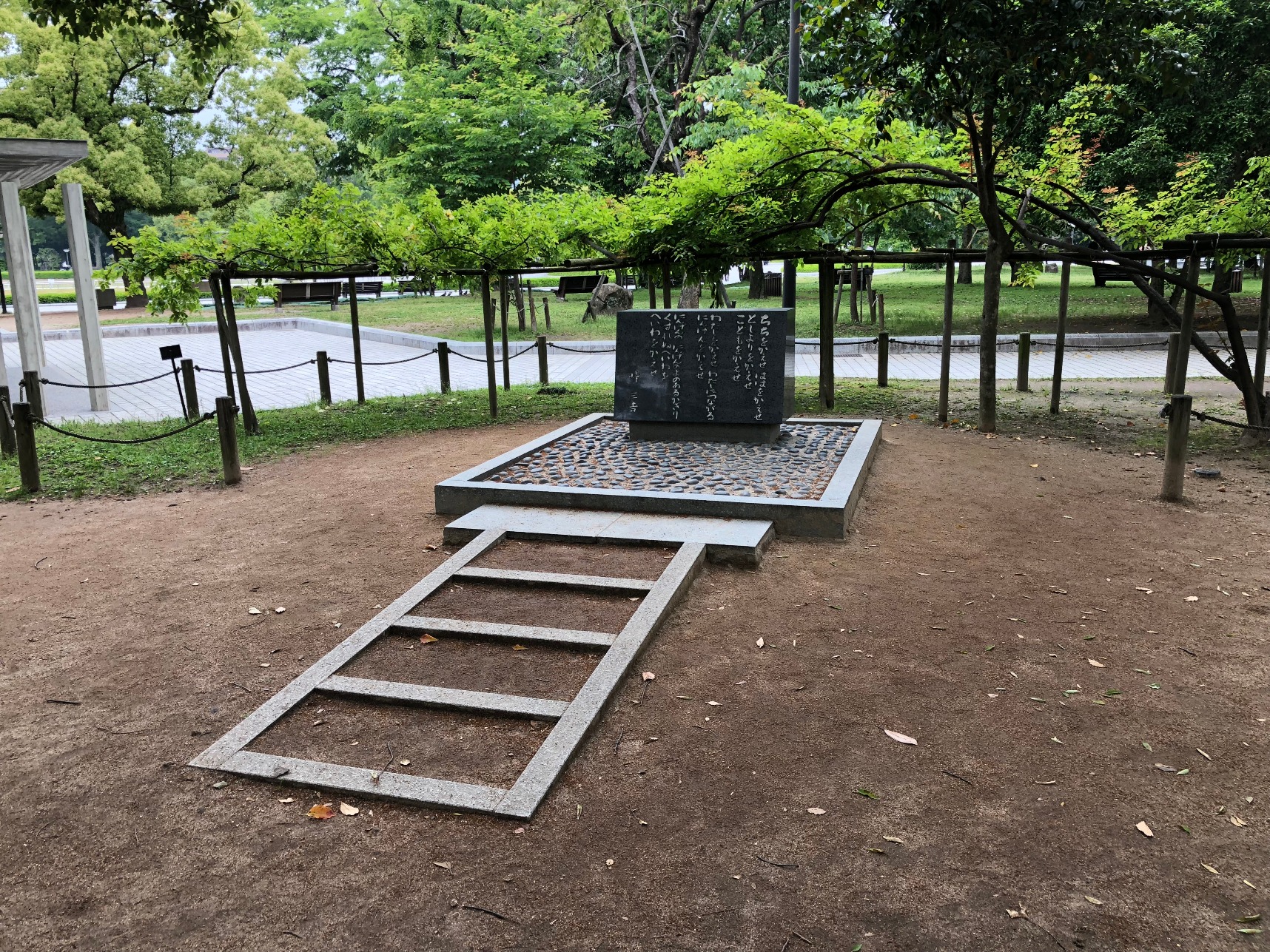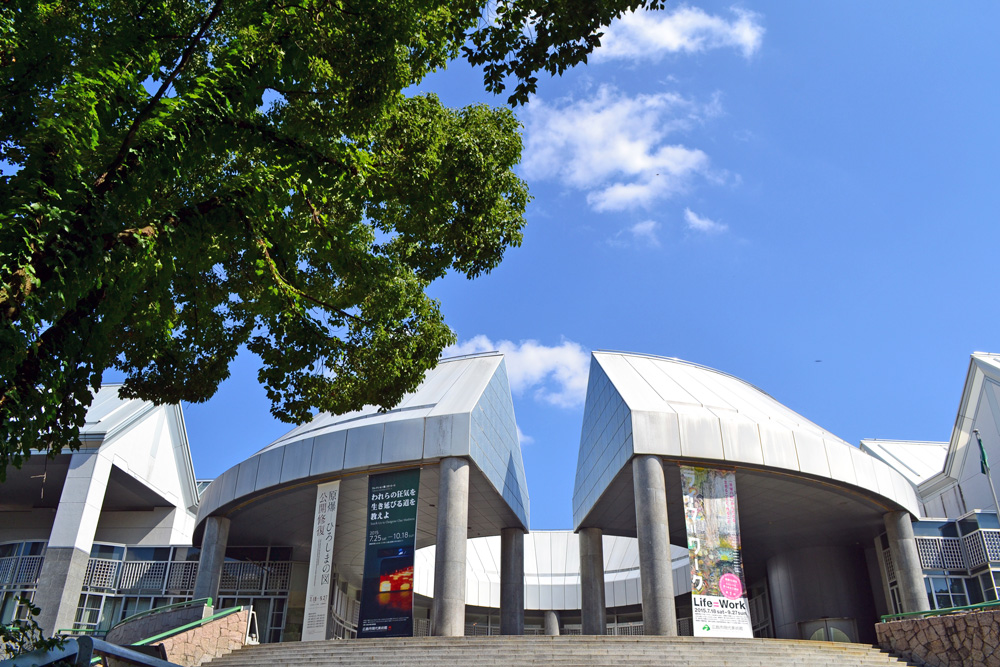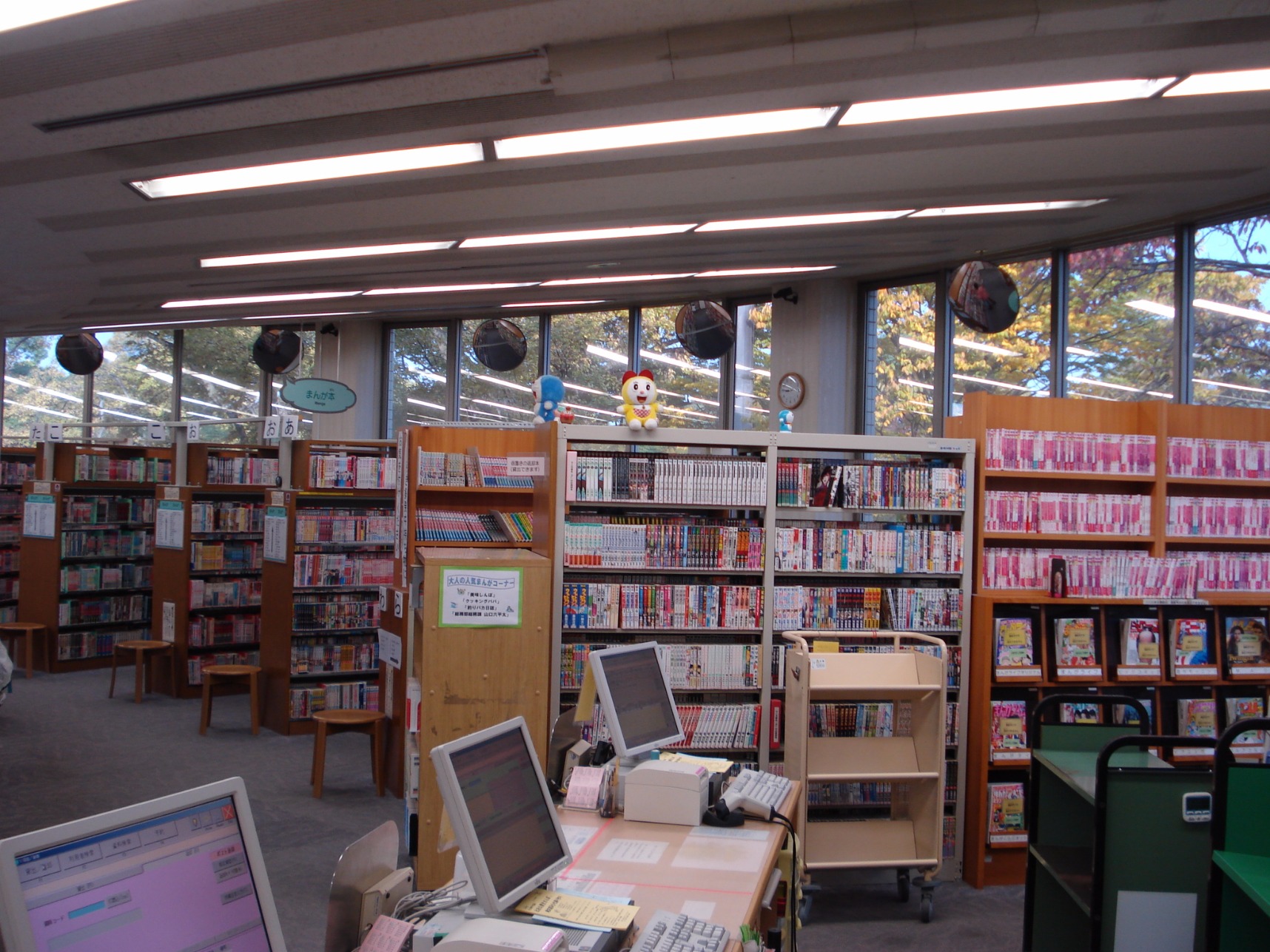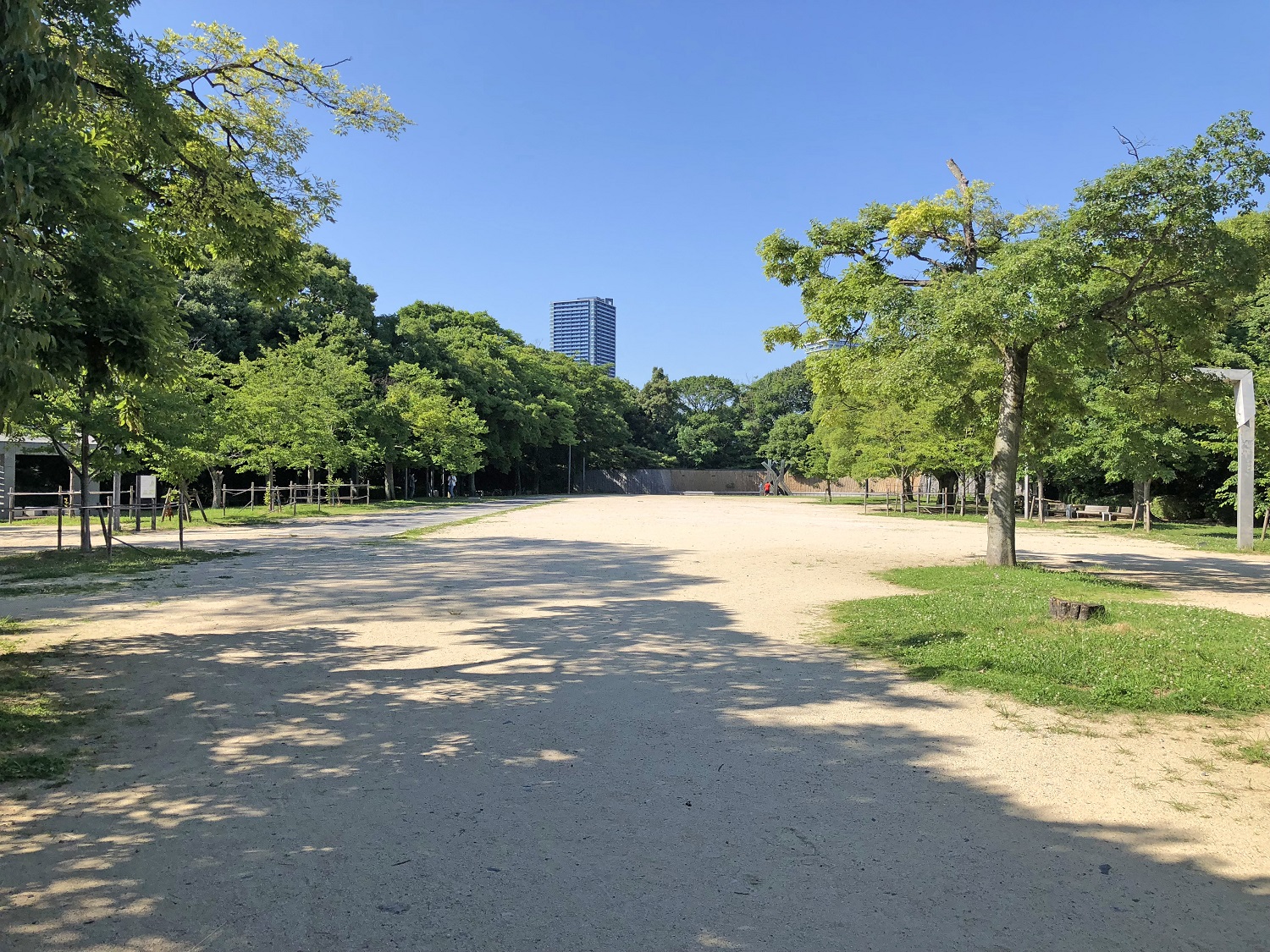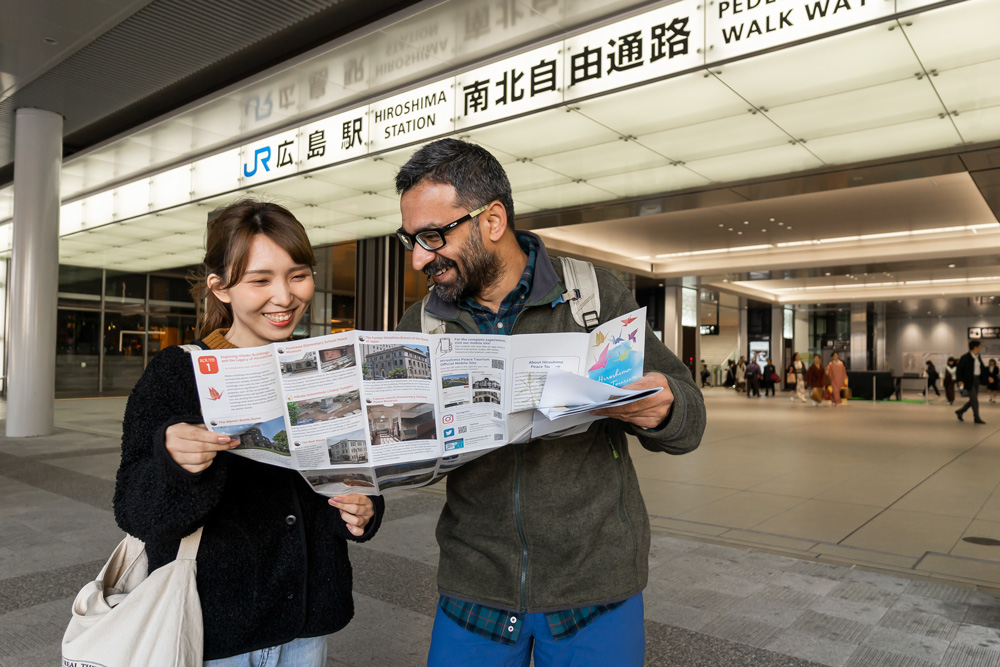- 6 Areas
- About 5-8 Hours
- About 12 km
Using the Hiroshima Maple Loop Sightseeing Bus,(※) this self-guided bus tour takes you to all three of Hiroshima's art museums, as well as important cultural sites like the scenic Shukkeien Garden and Hiroshima Castle, plus memorials to famous poets located in downtown Hiroshima Peace Memorial Park, and more.
※Other than pro-traffic IC card "PASPY", 10 cards including "ICOCA" are available, too.
We can take bus by showing "JAPAN RAIL PASS" or "JR-WEST RAIL PASS" to driver.
In addition, "JR-WEST RAIL PASS" applies only to ticket which we can use in Hiroshima.
Self-Guided Tour Overview
Tour Route
-
Hiroshima Station
-
Nigitsu Shrine (From the bus window)
- Bus (about 5 minutes)
-
Hiroshima Prefectural Art Museum
(Shukkeien Garden) -
Hiroshima Prefectural Art Museum
-
Shukkeien Garden
- Walk (about 5 minutes)
-
Monument to Sadako Kurihara
- Walk (about 5 minutes)
-
Hiroshima Castle
- Bus (about 2 minutes)
-
Hiroshima Museum of Art
(Shimin Byōin-mae) -
Hiroshima Museum of Art
-
Hiroshima City Cinetamatographic and Audio-Visual Library
-
Edmund Blunden Monument
- Bus (about 7 minutes)
-
Peace Memorial Park
(Hiroshima Peace Memorial Museum) -
The West Peace Bridge
-
The Peace Bridge
-
Sankichi Tōge Memorial Monument
- Bus (about 15 minutes)
-
Hiroshima City Museum of Contemporary Art
(Manga Library) -
Hiroshima City Museum of Contemporary Art
-
Hiroshima City Manga Library
-
The Gobenden Open Space
- Bus (about 10 minutes)
-
Hiroshima Station (Shinkansen Exit)
Experiences
Hiroshima Station (Shinkansen Exit)
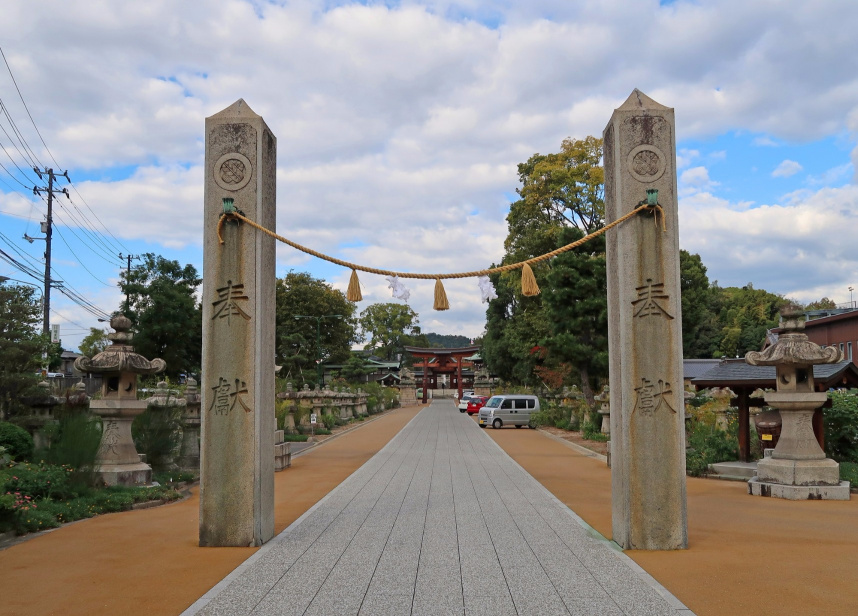
Nigitsu Shrine (From the bus window)
After departing from Hiroshima Station, you'll see Nigitsu Shrine on your right. The shrine sustained heavy damages in the bombing, and today, a water basin which survived the bombing is still in use inside the shrine complex. For more information, tap the link below.
- Bus (about 5 minutes)
Hiroshima Prefectural Art Museum
(Shukkeien Garden)
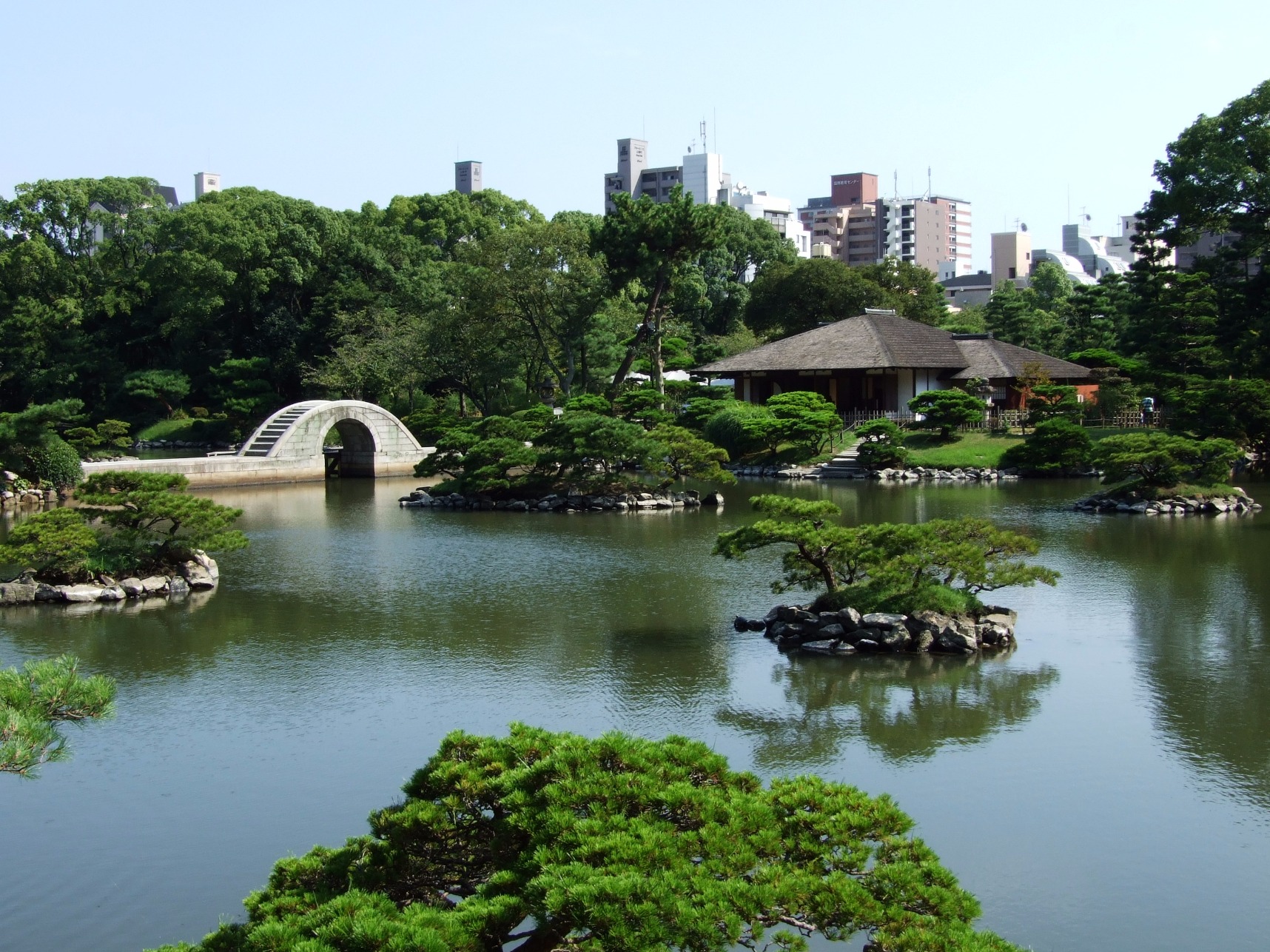
Shukkeien Garden
Created in 1620 as a villa for the Asano Clan by renowned tea master and high-ranking Asano clan retainer Shigeyasu Ueda, Shukkeien Garden is said to have been modeled after the iconic Xī Hú (lit. West Lake) in China. Although it suffered catastrophic damages in the August 6 bombing, Shukkeien has been restored to the beauty that you see today. Conveniently located next to the Prefectural Art Museum, and near the Sadako Kurihara Monument.
